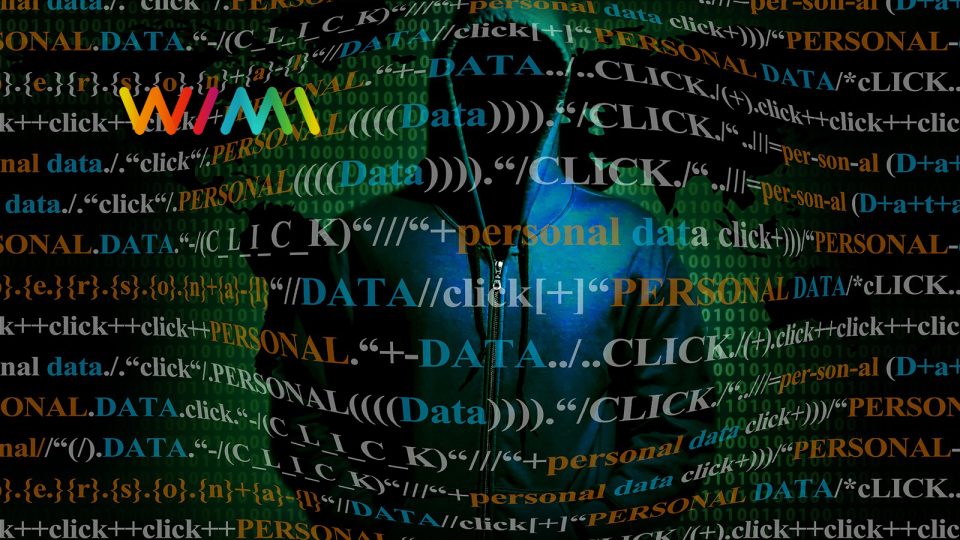WiMi Hologram Cloud a leading global Hologram Augmented Reality Technology provider announced that it developed digital twin modelling technology based on multiple data sources to build more comprehensive, accurate, and reliable digital twin models.
This technology refers to the integration of data from different sources into a unified model. In digital twin modelling, the multiple data source integration technique can help us obtain more comprehensive and accurate data, thus improving the precision and reliability of the digital twin model.
CIO INFLUENCE News: IBTA Unveils XDR InfiniBand Specification to Enable the Next Generation of AI and Scientific Computing
The key modules of the integrated digital twin modelling system based on multiple data sources include data acquisition and pre-processing, data integration and consolidation, model development and training, model deployment and real-time updating, and visualization and analysis, etc., which are interdependent and interact with each other, and collectively constitute the key aspects of the integrated digital twin modelling technology.
First, the system will collect data from multiple data sources and pre-process and clean them to ensure the quality and consistency of the data, including data cleansing, data conversion, data merging and other operations. Then the data from different data sources will be integrated into a unified data model. This may require operations such as data mapping, data transformation, and data integration to ensure that data between different data sources can be effectively correlated and analyzed. The development of the model for digital twin modelling is then carried out and the integrated data is used for model training and optimization by selecting appropriate modelling algorithms, defining the structure and parameters of the model, and using the training data to train and validate the model. Next, the trained model is deployed to a real-time environment and receives and processes data from different data sources in real-time. This may involve operations such as the deployment of the model, real-time transmission of data, and real-time updating of the model to ensure that the digital twin model reflects real-world changes in real time. This module is responsible for visualizing and analyzing the results of the digital twin model so that users can understand and utilize the output of the model, and providing the application of visualization tools and analytical algorithms to support users’ understanding and decision-making on the model results.
CIO INFLUENCE News: Micron Initiates Construction on Leading-Edge Memory Manufacturing Fab
With access to more data sources and more complex data integration requirements, future digital twin modelling techniques may need to deal with multi-modal data, including different forms of data such as image, sound, and video. Multiple data sources integration needs to be able to process and analyze this multi-modal data to more fully model and predict real-world behaviour. Future digital twin modelling technologies are also likely to be more automated and intelligent, and by combining machine learning, artificial intelligence, and automation technologies, it will be possible to automate the data integration and modelling process to improve the accuracy and efficiency of the models. There will also be more focus on real-time data processing and real-time updating of models to more accurately reflect changes in the real world, as well as cross-domain applications and integration between different domains to achieve a more comprehensive and holistic digital twin model, all of which are future trends in the digital twin modelling technology based on multiple data sources.
The rapid development of big data, cloud computing, the Internet of Things and other technologies has significantly improved data acquisition, storage and processing capabilities, which provides the technical basis and support for the realization of the digital twin modelling technology with multiple data sources. The digital twin modelling technology with multiple data sources researched by WiMi has a wide range of application prospects in many fields, such as industrial Internet, smart city, virtual reality and so on. With the continuous progress of data acquisition and processing technology, as well as the increasing demand for intelligent and sustainable development, this technology will be further developed and innovated.
CIO INFLUENCE News: Terragon, Microsoft Partnership Aims to Take African Businesses to New Heights
[To share your insights with us, please write to sghosh@martechseries.com]


